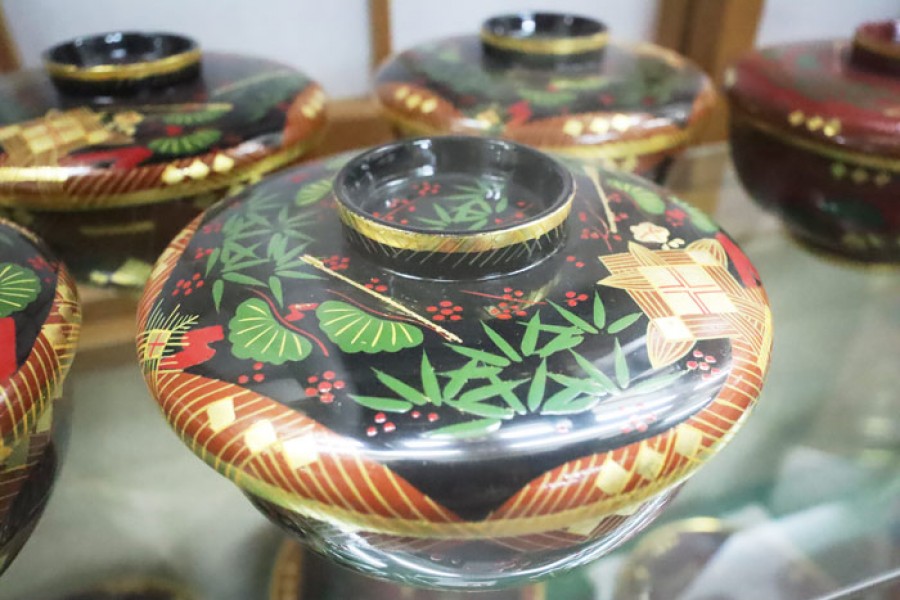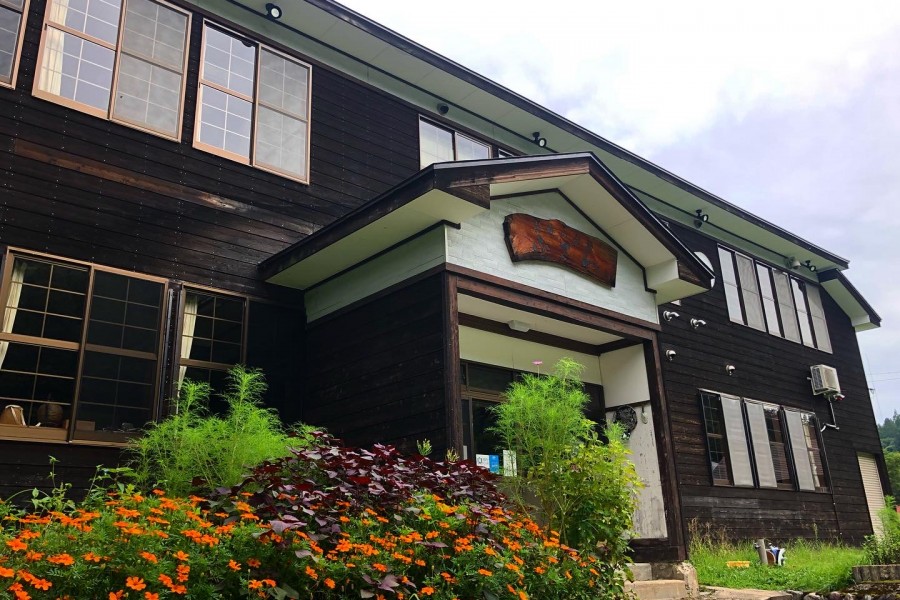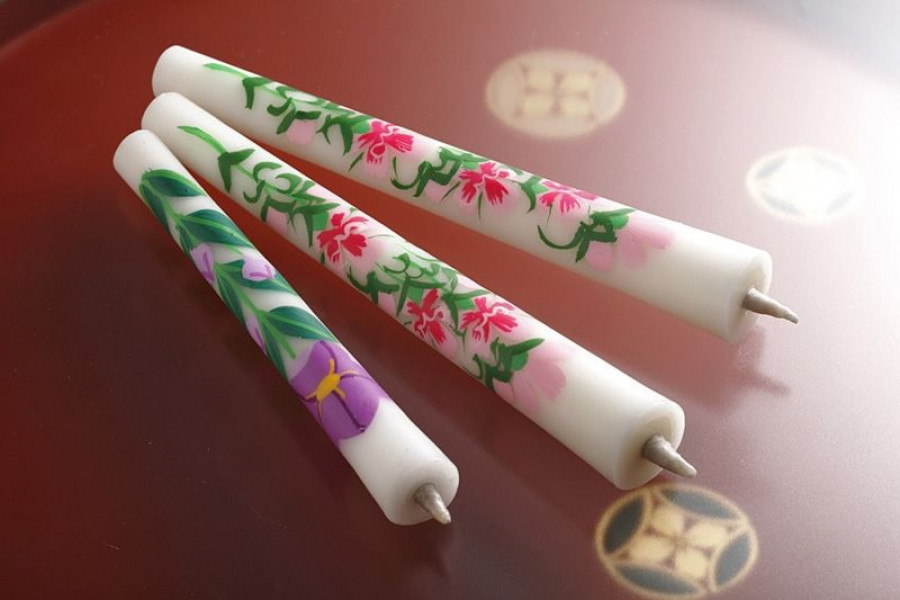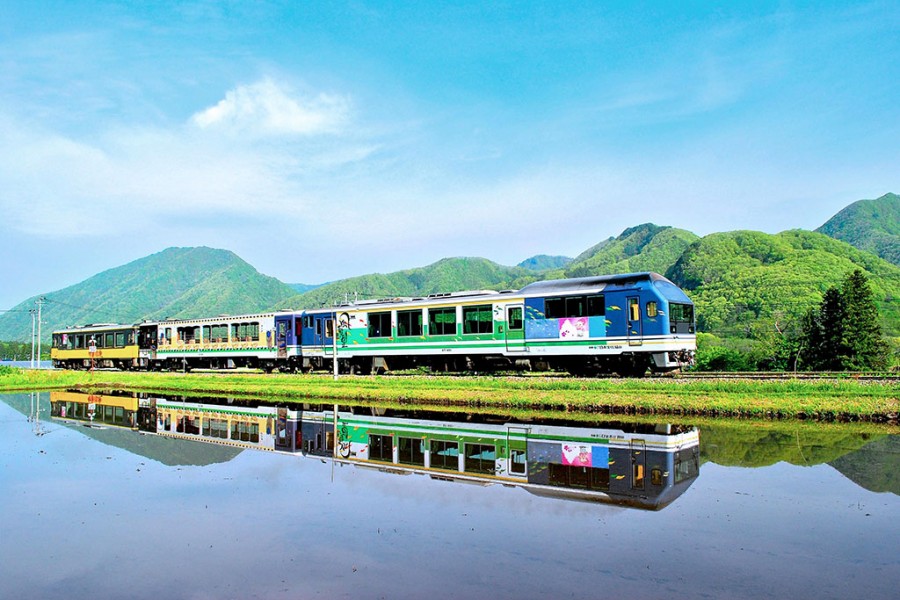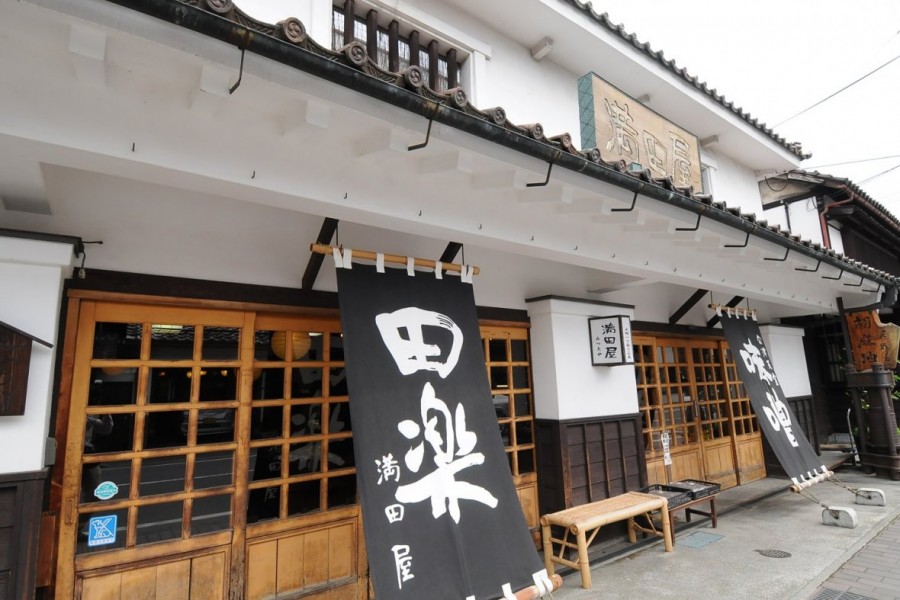
Makie Painting Lacquerware Experience at Suzuzen
Suzuzen was established in 1832 as a lacquerware wholesale shop. Not only can visitors see process of lacquerware being finished using gold and silver dusted designs called 'Makie', but visitors can also have the opportunity to design their own lacquered product using Makie design techniques, which is perfect to take home as a souvenir. Booking & More InformationSuzuzen is made up of 6 kura (Japanese-style warehouses), which have been renovated. The Suzuzen warehouses include a gallery featuring pieces by contemporary artists who use lacquer in their work, and a cafe which is open for lunch. English-language signs also make the history of lacquer in Aizu accessible for overseas visitors.
